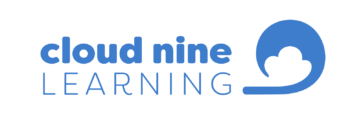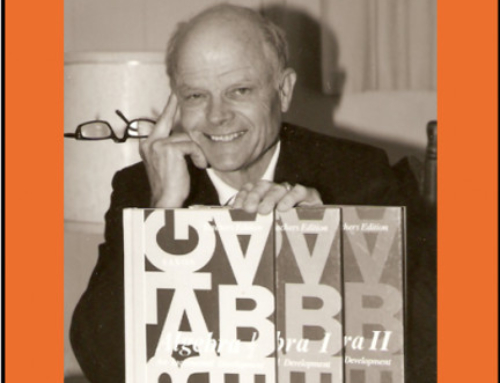Ethics in Mathematics Education
By Sharon Hillestad
Before he was employed by John Saxon to develop a series of elementary math textbooks, Stan Hartzel wrote a white paper titled An Ethical Question in Mathematics Education. He gave it to me in 1986 when he spoke at one of the educational conferences I hosted in Minnesota.
By the time I met him in 1986, Stan Hartzel had already made presentations to the leaders of the two major organizations of math teachers: the National Council of Teachers of Mathematics (NCTM) and the Mathematical Association of America (MAA).
He spoke to leaders in those two organizations about how math had been made more difficult for students. He demonstrated this by showing textbook after textbook after 1923 with revisions that made learning math more difficult.
This evidence did not cause either organization to make any changes or recommendations. In fact he was told more than once not to rock the boat.
“Stan, we don’t want too much of a good thing now, do we? Can you imagine what kind of jobs you and I would have if everyone in the US was as good at math as you and me?” Stan told me that this was the type of comment he heard following his presentations.
The most active leaders in mathematics education in the US were in agreement that math education should be regulated. This was easily done by training the teachers and approving which textbooks they could use in public classrooms. Teachers were encouraged to teach for the top five students in each class. It was too bad for the rest of the class.
For background, the National Council of Mathematics Teachers was formed in 1920. By 1923, all states had passed laws that made schooling compulsory to age 16. Thus began the dumbing down of standard math textbooks.The rationale was that now schools would be getting students who couldn’t handle learning higher math. This included the vast number of immigrants, minorities, and girls.
The thinking was that there are a large number of jobs that need to be done in our society which no one really wants to do. Finding workers for those jobs was perceived as easier if large numbers of people are convinced that they are not capable or qualified to do the more desirable jobs.
Fast forward to the early 1970s when researchers identified a large sample of U.S. 13-year-olds who were exceptionally talented in math—landing in the top 1 percent of mathematical reasoning scores on SAT tests. Forty years later, those “wunderkinder” are now midcareer and have accomplished even more than expected, according to a recent follow-up survey. Researchers at Vanderbilt University’s Peabody College published the update in the December 2014 issue of Psychological Science, writing: “For both males and females, mathematical precocity early in life predicts later creative contributions and leadership in critical occupational roles.”
Today, more and more of those undesirable jobs are being replaced by artificial intelligence, AI, leaving the multitudes of citizens who are poorly educated in math with fewer and fewer options.
The solution is education. Parents and teachers need to be aware of the situation and find and use materials that do result in a high level of math literacy.
Robert J. Toftness, a veteran educator from California, also did extensive research of math textbooks after observing the frustration students had about math. Alteration to math education began in 1923, but it was intensified in the mid-1960s. Basic instruction in arithmetic was gradually removed from math textbooks.
R.J. Toftness wrote a book that introduces a simple way to understand the subject. Unlock The Mystery To Math and Discover Why You Failed in Math. This book introduces a simple way to understand the subject and get a student winning again.






